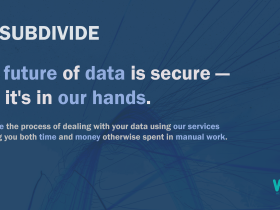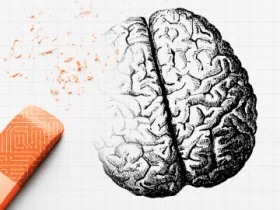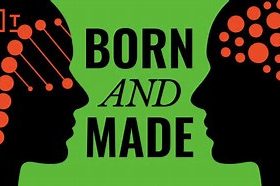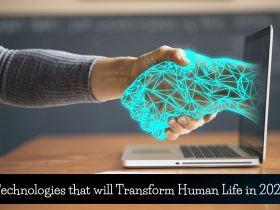Over the last 50 years or so, we have seen the increasing use of technology to drive economic growth, improve the speed and efficiency of global trading, and revolutionize the way in which we communicate and interact with people (and machines that sometimes sound like people) in our day-to-day lives.
However, the technological promise of increased wealth, more free time, and a better quality of life has (for most) not materialized.
So where’s my hoverboard? No, I don’t mean the ones you can buy that have wheels and absolutely do not hover, I mean the real Back to the Future ones.
Tech for good
As flippant as the above question is, it demonstrates an inescapable truth; the huge upside potential of technology to dramatically improve the lives of everyone on the planet has not yet been realised.
Even in healthcare, where technological advances have supported better health outcomes for so many (via improved diagnostics, better scanners, remote patient monitoring systems, and so on), we also have technology assisting with the development of ultra-processed foods that may be resulting in negative effects on health.
Technology gives with one hand and takes away with another. But it’s not the technology though, is it? It’s the use of the technology by people.
The ‘tech for good’ movement is focusing on using technology in positive ways to address the social, environmental, and economic challenges that face the world today. Cutting across areas such as healthcare, education, environmental sustainability, social engagement, and economic inclusion, their mission is as bold as it is enormous.
Ethical fintech and ethical banking
If we look at the last one of these areas (economic inclusion), we can see that an impact is already being made, and this is evidenced by the way that some banks are reshaping how they operate to enhance their capacity to address ethical, social, and environmental concerns via digital solutions.
By considering the broader social, environmental, and economic consequences of banking operations, ethical banking represents a significant paradigm shift from more traditional banking business models.
However, the lack of a universally accepted definition of ethical banking makes it difficult for consumers to differentiate between genuinely ethical banks and those that might be engaging in greenwashing practices to appear more ethical.
Some consumers that are more environmentally conscious will ask companies about their energy, water, waste, and biodiversity before deciding to spend money with them, but will rarely (if ever) ask who these companies bank with.
In fact, very few of us give anything other than a passing thought to the ethical (or potentially unethical) practices of the banks that we use.
With increasing customer expectations (and the increasing pace of these expectations) around the products and services they receive, it is only a matter of time before more consumers start to turn their attention to the ethics of the companies they bank with.
Digital transformation and the intersection with ethical banking
The grounding of ethical banking in the principle of do no harm often means that these businesses work within a reduced portfolio of opportunity. Environmental, social, sustainability, and other considerations will, in some instances, mean that ethical banks choose not to invest in, or provide loans to, businesses/projects that would ultimately be financially lucrative but which conflict with their standards.
This in turn may mean that some ethical banks achieve lower profit margins than their more traditional counterparts.
However, this does not have to be the case.
Ethical banks can use technology to reduce their environmental impact, lower their operational costs, provide a more personalised service, improve their scale, address security and privacy concerns, and increase their reach and accessibility.
But once again, we need to be careful about thinking that technology can solve every issue.
The fairness and transparency principles of ethical banking may well come into conflict with situations where lending decisions are based on AI models and complex algorithms that lack transparency and may perpetuate bias.
When we transform, are we transforming for the human?
Ethical banks are clearly transforming the industry for the benefit of humankind, but they may be struggling to transform for the human, thus impacting their ability to extend their reach.
Many fintechs (ethical or otherwise) don’t realise that they are on a transformational journey and that they need to put the human at the centre of the change story. Without centring the transformation around the human (customers, internal staff, suppliers, and other third parties), they are unlikely to achieve a positive outcome.
Closing thoughts
In the context of the last 50 or so years, tech for good, ethical banking, and ethical fintech are still in their infancy, but they do represent an opportunity to realise (at least some of) the huge upside potential of technology to dramatically improve the lives of everyone on the planet.
Ethical banks may not currently deliver the vast profits of their more traditional counterparts, but with the increasing number of banks and financial institutions identifying as ethical, sustainable, or socially responsible, combined with the significant growth in assets under management (AUM) for these businesses, it may not be long before they are seen as genuine competitors.
Similarly, the tech for good movement is still early in its development, but in combination with ethical fintech and ethical banking, it has the potential to effect real and positive global technological change.
When tech is used for good, it makes people happy.
Now, where’s my hoverboard?
©️fintechfutures





























Leave a Reply